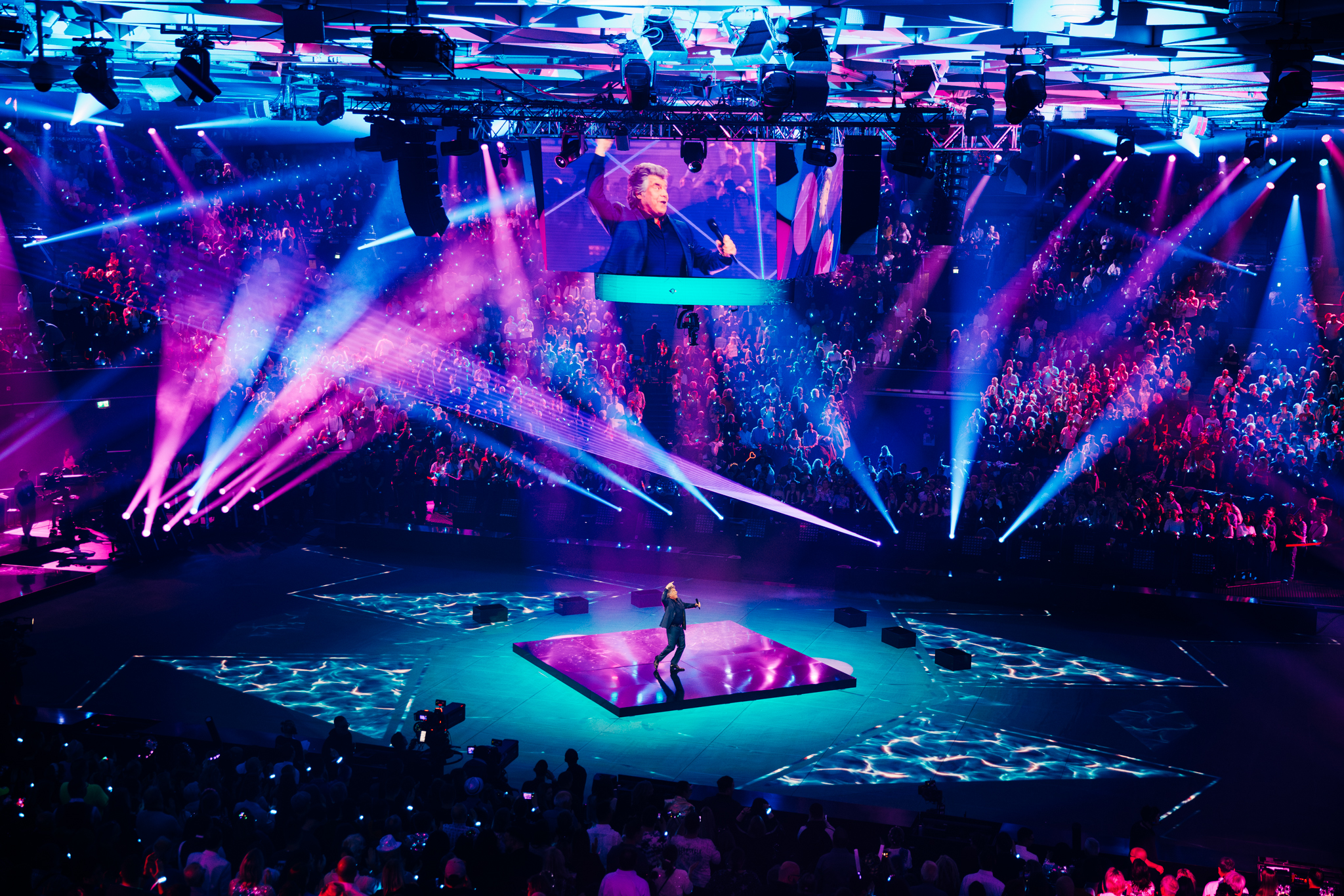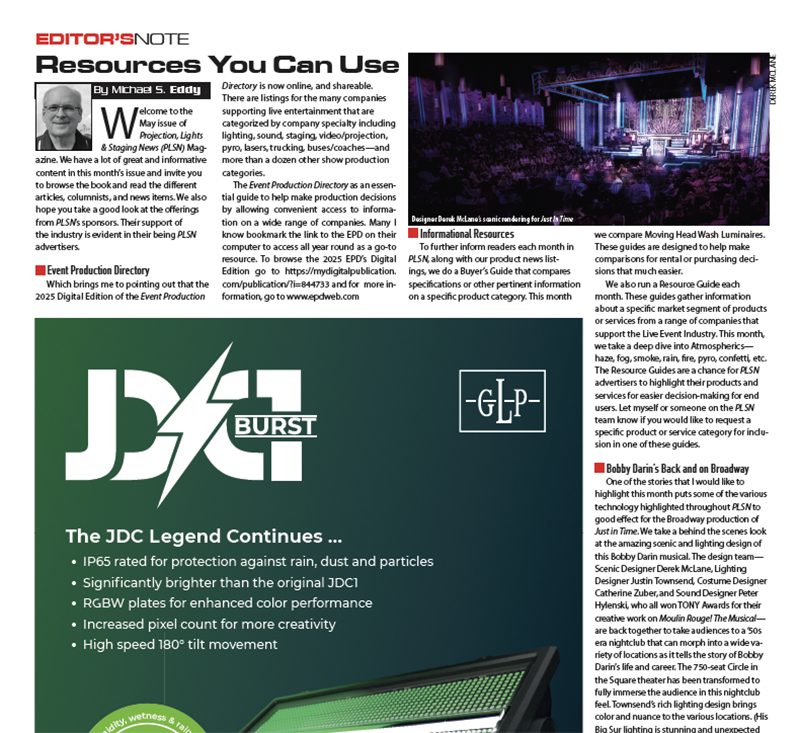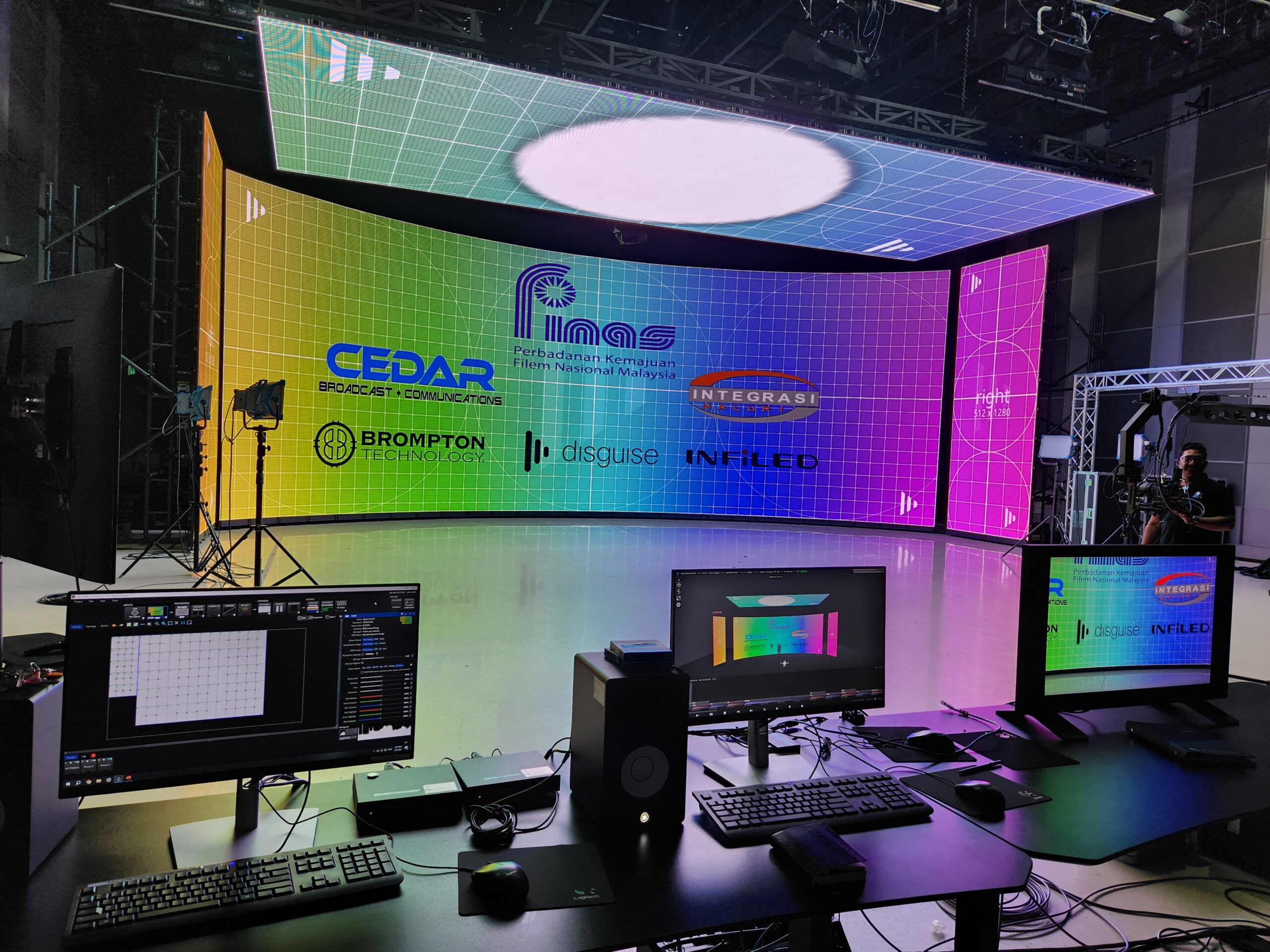
Disguise Turns the Tide for Our Flag Means Death
The pirate comedy series Our Flag Means Death, a Max Original comedy series, had all the makings of a cult classic from the start. An off-the-wall and unexpectedly sweet comedy loosely based on the true adventures of Stede Bonnet, a real-life aristocrat who gave up his genteel life to take up a career in piracy, the show starred Rhys Darby and Taika Waititi. When filming shifted from the United States to New Zealand for the show’s second season, the production team called upon Disguise to help simplify the complexities of shooting a television series on a boat. Together with Disguise’s Services team, they were able to create the most efficient production pipeline with cinematic results.
After a critically acclaimed first season, the team behind Our Flag Means Death was looking for opportunities to streamline production costs while delivering a second season that lived up to the opening run of episodes. Moving the production of the show to New Zealand, the producers wanted a way to avoid taking the cast and crew to the sea for filming. Disguise created a custom virtual production set with a sprawling LED backdrop that could project scenery live behind the actors during filming along with additional scenery and props. This approach to the shoot enabled the team to bring speed, precision and budgetary control to a story that was predominately set on the open ocean.
Olivier Jean, VP Supervisor at Disguise understood the biggest challenge of all—to ensure that the change in filming location and team added value to the production, yet still kept the show consistent with Season one. Season two needed to look and feel like the breakthrough run of episodes that fans already loved. Adding to the challenge was a very short pre-production period.

Out to Sea on Dry Land
Jean’s team were already deep in pre-production on Time Bandits, another Waititi-produced show, when they began talks about working on Our Flag Means Death. There were only 60 days between those early conversations to the start of the shoot itself. Jean and his team needed to develop and test the VP workflow, undertake system design, and build a content pipeline. It was just less than two weeks on-set to tune the system, do calibrations and stress test the pipeline. Leveraging Disguise hardware really allowed everyone to feel confident about what could be expected from the system.
Disguise’s services team was key to delivering the quality and efficiency that would allow a smooth-running VP solution. From the very start of the production team’s talks with Disguise there was a heavy focus on various workflows and their benefits. Top of the list was developing a solid and responsive 2.5D content system capable of handling content resolutions of up to 16K x 8K and output 8x4K streams of video in perfect sync, whilst also working in 2.5D to allow for accurate camera-based projection. Overall, the LED volume was about 420 sq. m. or 4,500 sq. ft. and consisted of 1673 Roe BP2 panels. It was 45m in linear length, up to 10.5m high. NEP Sweetwater delivered the LED panels and processing and power infrastructure whilst also doing a perfect build of the volume in less than a week.
Despite numerous hours spent in previz, it was impressive seeing the build come to life in the studio. The curved screen that stretched behind the actors provided the projected backdrop and acted as a focal point for the team’s work. The flexibility of the Disguise platform allowed experimentation until every aspect was perfect. A hybrid 2.5D workflow was developed to allow re-projecting the content from the camera perspective, whilst also using the camera tracking info to accurately represent the ocean, the horizon line and the sky. This workflow ensured that the horizon appeared flat. The team could then dial-in any “sea state” by sifting the content in relationship to the camera to simulate the natural sway one would observe at sea. Having camera tracking and this workflow allowed the team to quickly setup two or three camera frustums as and when the scene required it. Overall, the team made extensive use out of frustum content from an interactive light perspective and worked with the gaffer, Sean O’Neill, to help with the overall illumination on-set.
“We also had to become weather enthusiasts,” says Jean, “learning about how to use clouds in storytelling so that we could convey the journey of the characters through their movement.”
So important were realistic clouds to the production that the production team held a weekly ‘cloud appreciation hour’ to help them consider how the sky should appear in backgrounds during filming. The team then built a database of clouds, skies and 3D oceans that could be used interchangeably within the Disguise workflow. They could quickly adapt the set to whatever they felt was needed for the day’s shooting.

A Sea-Worthy Solution
The Disguise team were able to bring the show to life with exciting content delivered on stage.
“We provided quick turnarounds of content in preview. There was no delay between seeing the content for the first time and delivering it on the LED. Our ethos of teamwork meant we were able to deliver a successful show in record time” says Jean.
Our Flag Means Death found a far more efficient way to shoot their nautical misadventures without the need to develop sturdy sea legs. The result was a show that the entire crew could be proud of. Though the production had shifted hemispheres and experimented with a new approach to water shoots, they delivered a second season that felt akin to the first—and was even more critically acclaimed. The VFX Supervisor David Van Dyke noted, “Olivier and the team at Disguise were invaluable to Our Flag Means Death season 2. Their virtual production technology and expertise brought tremendous value and scope to our story. The show would not have worked without them. The Revenge would never have left the harbor to sail the seven seas.”
Along with Jean and Van Dyke the other credits include Technical Director Delainy Kennedy, Disguise Operator Laura Bell, Jnr Operator & Digital Continuity Terri Toxward-Nicolson, Coordinator Gemma Campbell, LED Engineer Steven Kozakowski, and Tracking Engineer Ross Mckay.
This insightful content was shared with PLSN readers by Disguise. Learn more about Disguise’s products and expert services at www.disguise.com

Obsidian is ROE Visual’s First ICVFX-Focused LED Panel
ROE Visual is once again pioneering in the Virtual Production (VP) industry and inspiring the creative minds testing the boundaries of filmmaking technology. The LED innovation, Obsidian, is a game-changing LED display intentionally designed with in-camera use in mind. Leveraging ROE Visual’s extensive presence in LED volumes around the world, the Obsidian panel offers unparalleled features tailored to the strenuous demands of the media and entertainment sector.
Since the success—and subsequent boom in LED volumes—from the Disney+ series, The Mandalorian, the ICVFX landscape has transformed, demanding greater requirements from manufacturers. As a service-first LED display leader, ROE Visual has carefully received and evaluated feedback from the market. Obsidian directly fulfills many of the needs posed by directors, cinematographers, and technicians who work directly with LED displays on set. Introducing a new product to the market at this stage in the VP industry’s development requires viable updates. With an unbeatable contrast ratio, brightness, rich grayscales, and surface waterproofing, Obsidian meets the highest standards of even the most discerning Directors of Photography.
ICVFX-Focused Features
Obsidian was imagined with working LED stages in mind, making the ideal application semi-permanent to permanent installations. The panel’s reinforced frame design allows for the removal of LED modules at any time, facilitating the creation of access holes for additional equipment, such as lighting fixtures or props. The access point can be created up to 2m wide and 2m high or more. Also the Obsidian LED structure can be extended with an access platform of adjustable height to create easy and safe access for technicians who need to work on the volume. Of note is that the film-centric panel boasts a fine 2.6 mm pixel pitch and stands out for its exceptional non-reflectivity and patented deep-black masking technology which allows the panel’s surface to reach an unprecedented level of darkness. The advanced 2500-nit brightness represents in an extraordinarily high contrast of 16000:1, making it ideal for ICVFX work. Other adages include flip-chip LED and richer grayscales that enhance the content output and color fidelity. Keeping mindful of users’ carbon footprints, ROE improved the energy consumption capabilities of the LED panel. Obsidian uses 50% less energy than a traditional LED panel at the same brightness (220-watt max / 110-watt average), reducing studio spend and increasing product life. In addition to this energy-saving measure, the indoor panel has an IP63 rating for surface waterproofing, making it adaptable for on-set requirements.
The new, cinematic panel sets a new standard in virtual production technology, and has already garnered attention for its design, winning the iF Design Award 2024 for Break-Through Structure Design and recently the Red Dot Award: Product Design 2024. “Virtual production has come a long way in the past few years and we’re proud to include Obsidian in the conversation,” comments Frank Montero, Marketing Manager at ROE Visual US. “Our end-users were kept in mind every step of the way when designing and ultimately producing this new panel—we’re overjoyed to bring this innovative panel to market.” Learn more about ROE Visual’s Obsidian at www.roevisual.com/en/obsidian.

WWE Launches State-of-the-Art Production Facility
WWE®, part of TKO Group Holdings, recently launched The Studios at WWE, a 30,040 sq ft, state-of-the-art production facility equipped with five studios, highlighted by a cutting-edge virtual production stage built in collaboration with AbelCine and Meptik and featuring the latest generation technology from Sony Electronics and Disguise. “We’re excited to unveil The Studios at WWE, a leap forward in production capability and technological innovation. This facility will help set a new benchmark for WWE production,” said Joe Solari, VP, Studio Operations, WWE.
Located within the recently constructed WWE headquarters in Stamford, CT, The Studios at WWE is ideal in both size and function, with production technologies that will enable WWE to tell more dynamic stories and enhance its production quality, versatility and efficiency, and serve a broad spectrum of clientele across broadcast, film and production. The full-service production facility features wide-ranging amenities, including a Cyclorama, two production control rooms, two live audio rooms, robotic camera control, two playback rooms, editing suites, seven post-audio suites, two green rooms, dressing rooms and office space. The installation was also supported by the collaborative efforts of Rogue Productions, Atlanta Rigging Systems, and StYpe tracking systems.
Beyond the best-in-class production offerings, The Studios at WWE is equipped with a purpose-built virtual production stage housed within Studio 3. Equipment and service provider AbelCine, who provided design and installation of camera and lighting for the studios, brought in virtual production specialists at Meptik who spearheaded the design, installation, and integration of the virtual production stage that is positioned to redefine audience engagement for WWE and clients alike.
Meptik’s team of creative and technical experts boasts extensive experience in virtual production, having successfully integrated virtual production workflows for clients ranging from major broadcasters to educational facilities in the past. Nick Rivero, Co-founder of Meptik, commented, “WWE has always been about pushing the limits of entertainment, and now, with the integration of virtual production, their boundless creativity will reach a whole new level. We can’t wait to see how WWE harnesses the latest cutting-edge technology to bring even more jaw-dropping moments and unforgettable experiences to fans everywhere – and we’re excited to be a part of it.”
The LED stage leverages Sony’s latest generation Crystal LED VERONA, a modular display that provides quality and efficiency to in-camera VFX applications, and two mobile LED carts that can be moved around the set. WWE is the first U.S. facility to install Crystal LED VERONA, implementing a total of 158 cabinets across its main wall and auxiliary carts. Studio 3 will feature Sony’s Virtual Production Tool Set, which is designed to tackle common problems with virtual production and to support quality in-camera VFX, as well as Sony’s flagship full-frame digital cinema camera, VENICE 2. The combination of these products will allow WWE to leverage a color-accurate ecosystem to bring quality and efficiencies to their productions.
“WWE and Sony have a longstanding history and a passion for innovation, and the tech-forward The Studios at WWE is the latest example,” said John Studdert, Vice President, Imaging Solutions Sales, Sony Electronics. “When WWE outlined their creative vision for a new production facility, we knew our versatile cinematic ecosystem would provide a visually awe-inspiring and integrated solution for virtual production. Our technologies are helping the organization stand apart and create new forms of entertainment, engagement, and immersion. As we jointly launch the first Crystal LED VERONA volume in the U.S., we look forward to many more milestones together.”
The next-generation production stage is powered by the Emmy-award-winning visual experience platform Disguise, the industry’s most advanced and integrated virtual production workflow. Three Disguise VX 4+ media servers were chosen for their unrivaled playback performance and flexibility to power content of any size, format and complexity, providing WWE with the creative freedom to deliver next-generation storytelling.



